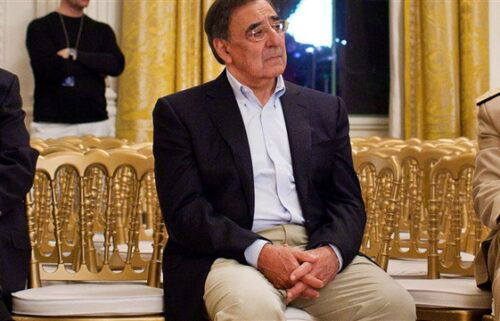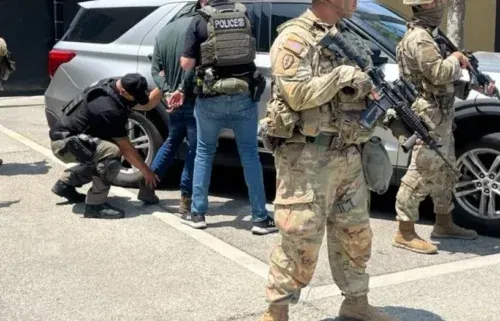Army investigation expected to reveal why low-flying military helicopters were used in response to DC protests
A long awaited Army fact-finding investigation is expected to shed new light on why military helicopters were authorized to fly at potentially dangerous low altitudes over protesters in Washington, DC, last June after the death of George Floyd, a move that fueled criticism over the broader federal response to unrest in the nation’s capital and contributed to scrutiny that “informed” the service’s preparations ahead of the January 6 attack months later, CNN has learned.
The report, which is expected to be released by the Army on Wednesday, will address the internal confusion that led to the flights being authorized without a clear understanding of what was happening at the time, two defense officials told CNN.
It is not expected to deal with any punishments, the officials added. Instead, a key area of focus will be that existing regulations and procedures did not anticipate the type of unrest that occurred. One official told CNN that the regulations governing National Guard support during civil incidents are now likely to be updated.
The commanding general of the DC National Guard Major General William Walker was not a focus of this report, the officials said.
Criticism over the way the military and civilian law enforcement handled the summertime protests overall also played a significant role during discussions about using Guard troops in the days before pro-Trump rioters stormed the US Capitol on January 6, according to an extensive Defense Department timeline and report reviewed by CNN.
CNN has previously reported that defense officials were already sensitive to the backlash they received after the incident at Lafayette Square but the timeline offers new details about how the National Guard’s role in responding to protests over the summer was a factor in the Army’s preparations ahead of January 6.
At the time, top military leaders, including Chairman of the Joint Chiefs Mark Milley and then-Secretary of Defense Mark Esper, were heavily criticized for joining former President Donald Trump as he made his now infamous stroll to St. John’s Church shortly after protesters were forcefully cleared from Lafayette Square near the White House.
Milley in particular, was heavily scrutinized for appearing alongside Trump that day in his battle fatigues and faced a flurry of questions about Trump’s pledge to deploy the military to enforce order inside the US if needed.
The timeline and report reviewed by CNN reveals that criticism continued to weigh on defense officials in the months that followed as Army preparations for January 6 “were informed by the considerable scrutiny received after the federal response to protests over the summer.”
As a result of the June civil disturbances, the Pentagon was adamant that “troops should be used only as a last resort in direct law enforcement roles; police should wear distinct uniform colors during protests when the military is present, and the military must be careful about lending out equipment to civilian law enforcement that is labeled ‘military’,” according to the memo.
Because of the controversial response to June unrest, the Pentagon then determined that any requests for use of the DC National Guard required “thorough scrutiny” from both the secretary of defense and the chairman of the joint chiefs of staff.
The report noted that there were particular restrictions ahead of time imposed by Secretary of the Army Ryan McCarthy on the use of Walker’s National Guard quick reaction forces at the Capitol “because of concerns” with how the DC National Guard used helicopters, including medical evacuation helicopters” at those low altitudes during the earlier June disturbances. McCarthy issued a memo before January 6 telling Walker that he would not authorize use of a quick reaction force ahead of time without knowing how it would be used.
The timeline memo says Walker “expressed no concerns” about the restrictions at the time, although he later did express concerns to Congress.
The timeline documents state several times that Pentagon and Army leaders on January 6 received “panicked” and “frantic” calls for assistance from the guard but that initially it was not clear what exactly was happening and where quick response guard forces were needed at the Capitol Hill complex. The memo reiterates what has been said publicly for weeks which is that the Pentagon did not deny any request for help on that day but was struggling to get a full picture of events.
The document, largely prepared by the Army to describe its actions from December 31 to January 6, has not been publicly released. The Defense Department Inspector General is still conducting a full review of the January 6 violence.



